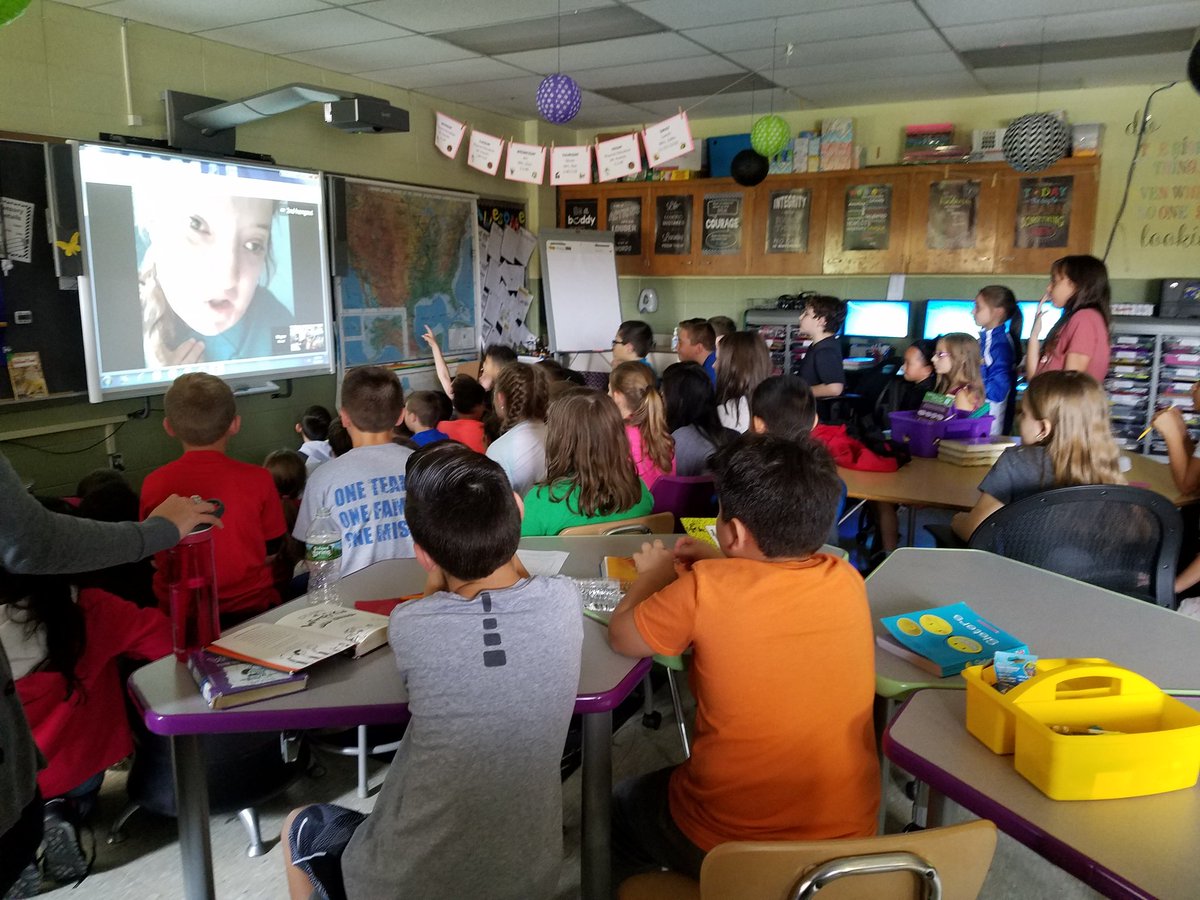Hi, I am Sophia and I am in Mrs. Ryan and Mrs. Zeigelhofer’s amazingly brilliant 4th grade class. I am sooooooo lucky to be in this class this year because we hatched pekin ducklings! 6 adorable pekin ducklings! The teachers themselves thought of this amazing idea! Crazy, right? Here is how we take care of them.
Incubation
Incubation
When we first got the eggs in the mail, after waiting about 6 hours, we put the eggs in an incubator. We placed 11 eggs in the incubator on May 1st. An incubator is a machine keeping our duck eggs warm and moist, like it needs to be. In the wild the mother would keep the eggs warm. The eggs were in the incubator for 28 days before they hatched. The incubator’s water is kept at 99.5 degrees Fahrenheit.The humidity comes from water. A wet bulb thermometer helped us measure the level of humidity. The eggs had to rotate every hour, or about 4 times a day!
Candling
Every week, until the last, we candled the eggs. I know what you may be thinking; for I thought it, too. You probably think it has something to do with a literal candle. Well, yes many years ago candling did have to be done with a real candle. But today a candler is a special light that allows us to see inside the eggs. We take an egg out of the incubator, then put it against the light. You can see inside the eggs!!!! The first time we candled the eggs we checked to see if the eggs were fertile or not. Again you are thinking, what does that mean? Well, a fertile egg has an embryo. An embryo is the developing duckling inside of the egg. Believe me the embryo does not look like a normal duck. That is because the duckling is growing. A non-fertile egg is an egg that looks like it has nothing inside it. In fact, all that is in there is a yolk! There was never an embryo in the egg!! In a fertile egg you can see a black dot. That dot is the eye of the embryo. One week later we candled the eggs again to see if they were still growing. A growing egg looked different and you couldn't see as much light passing through. We also could see an air sac getting larger inside of the egg. The air sac as you might have guessed is what gives the embryo its first breath of air when it’s ready to hatch.
Duckling Care (Hatching)
In this paragraph you will be learning all about how we take care of the ducklings and when they hatched. Two ducklings hatched on Memorial Day, May 28th. 4 more ducklings hatched two days after, May 30th. These ducklings of course need food, water, and shelter. They are a lot of hard work!!! They have special food, actually. For about a week or 2 they will need a heat lamp; they need to stay warm!! The ducklings need shavings and a cage. Ducklings are NOT easy to take care of!!! They, again, are a lot of work and very messy!!!! Ducklings are very social animals, which means they don't like being alone and they will cry if they don't have a buddy. When the ducklings get older they will go to a duck coop made for us by Campanella Fence in the courtyard. In the coop, they will have water, food and their friends! They have webbed feet to help them swim. A duck's beak is actually called a bill. Here’s a fun fact, it takes about 1,000 pecks for the duckling to get out of its egg!! That is why they are born with an egg tooth. An egg tooth is a small, sharp, cranial protuberance used by the duckling to break and tear out of its egg. The egg tooth will fall of after 2 or 3 days. Once school ends, we will donate the ducklings to a farm.
Safety
Now this paragraph is added for importancy. You need to know how to handle the ducklings if you want to be able to hold them. One thing to know is the ducklings are NOT harmful!!! If they start to peck on you, do not panic they will NOT hurt you. Do NOT let go!!! Ducklings are very fragile, if you drop them you will break its neck! Hold the duckling close to the ground and your body. Keep your hands cupped when holding the duckling, they will jump!! I hope you enjoyed learning about our ducklings!! Have fun looking around our Mini Zoo, and keep the animals safe!!!













